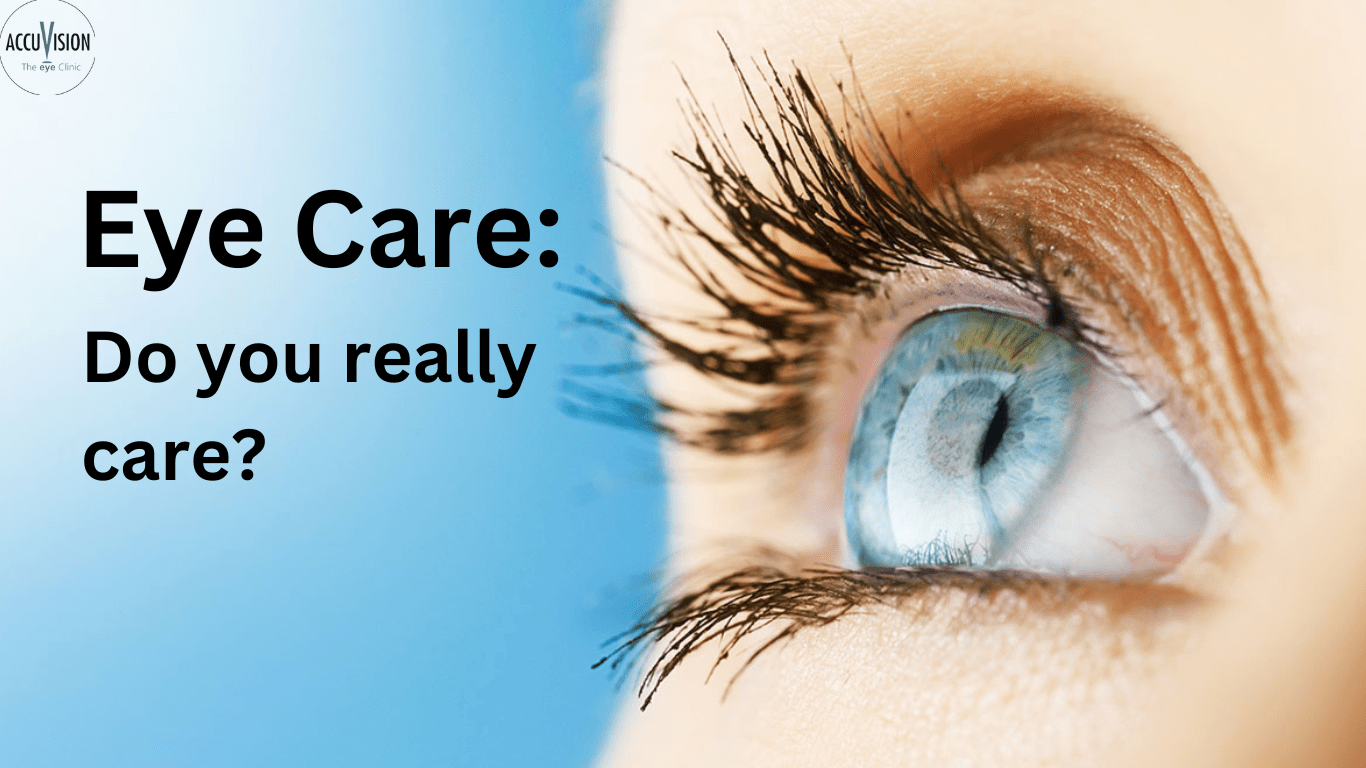Your self-awareness is the most effective first step in treating debilitating symptomatic dry eye. By being aware of and understanding the underlying causes of dry eye, you can make the necessary lifestyle changes to address them — and achieve long-term relief.
Our clinic is fully equipped to assess your lifestyle, help you establish healthy habits, and provide you with a range of treatment options. However, if you are able to successfully implement the advice outlined on this page and fulfil all the necessary requirements on your own, there may not be a need for you to schedule an appointment with us.
The question is straightforward: Would you prefer to waste valuable resources on addressing a problem that you could have prevented, or do you choose to take proactive steps to avert it?
*It is important to note that certain pathological and systemic conditions can lead to symptomatic dry eye and even sight loss, and as such, require prompt and appropriate treatment in addition to these steps.
The upcoming sections will provide you with actionable tips and expert advice from our team of eye care professionals to help you adopt the right habits and eliminate dry eye so that you can effectively treat your symptoms and enjoy clear and comfortable vision once again.
We encourage you to take action and follow these guidelines, but should you require additional support or assistance, or are struggling to do it on your own, we are here to guide you. But without your commitment to help yourself, our support can only go so far.
Please be aware that the information provided here is not a substitute for the personalised assessment and guidance you receive in a face-to-face consultation with a qualified professional.
Explore the sections:
Dry Eye Is a ‘Home Treatment’
How your visual habits affect your long-term ocular health.
What Is Dry Eye?
The root cause of dry eye and significance of the meibomian glands.
Symptoms
What to look out for.
How We Conduct a Detailed Evaluation
How we determine the underlying cause of your specific dry eye.
Lifestyle Changes and Home Treatments
Essential habits to safeguard your vision.
Exacerbating Conditions
Pathological conditions known to cause dry eye.
Dry Eye Treatments at AccuVision
Range of available treatments for dry eye patients.
Advanced Clinical Treatments at AccuVision
Specialised in-clinic technology for patients with severe dry eye.
Why Should Dry Eye Be Treated?
How unmanaged dry eye can lead to more serious conditions.
Key Takeaway
Our most important message to you.
Dry Eye is a ‘Home Treatment’
To put it simply, you can treat dry eye from the comfort of your own home.
While topical medications such as eye drops can offer immediate relief, they are merely a short-term solution. To achieve long-term relief from dry eye, it’s crucial to adopt a holistic approach. This involves making a conscious effort to improve your daily habits and lifestyle. By following a nutritious diet rich in vitamins and nutrients, establishing healthy habits around digital screen usage, and reducing the use of makeup and astringents like makeup remover, you can eliminate dry eye at its root cause and achieve lasting relief.
While our clinical advice and treatments are designed to provide you with relief from dry eye symptoms and push back the clock on its progression, you can take greater control of your ocular health by adopting a healthy visual routine and being mindful of habits that may worsen your symptoms.
It’s crucial to recognize that, even with treatment, neglecting your visual health may cause dry eye to return or worsen. And by making lasting changes to your habits and lifestyle, you can better manage your condition and prevent dry eye.
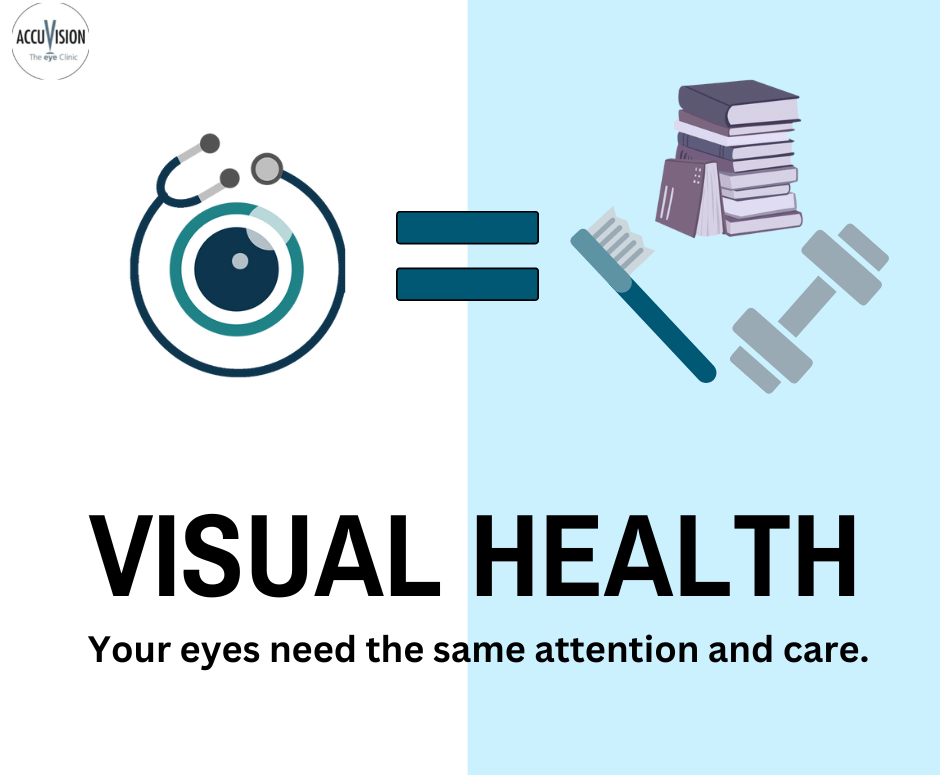
Similarly, your ocular health can decline if you do not take regular measures to maintain it. Dry eyes, in this case, are often a symptom of prolonged strain on your visual system. Therefore, we strongly recommend that you prioritize regular ocular upkeep to ensure long-term visual health and well-being.
Your eyes are your personal responsibility, and no treatment can fully address the effects of repeated strain or neglect on one of your most vital organs.
What is Dry Eye?
Dry eye is a common condition that can significantly impact your daily life, making it difficult to see clearly, focus on daily tasks and can lead to other eye-related complications.
The prevalence of this condition has been on the rise due to lifestyle changes brought on by our digital age, however, with proper care and attention, dry eye can be effectively managed.
Consider your tear film as a protective shield for your eyes — A thin layer of tears that covers your eye’s surface and acts as a barrier against harmful environmental elements, keeping your eyes moist and allowing for smooth and comfortable blinking.
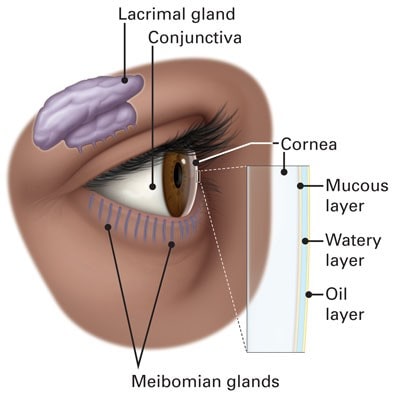
This oil layer helps to prevent rapid evaporation of your tears, making the meibomian glands crucial in understanding dry eye. Dry eye arises when the tear film is inadequate or insufficient, exposing your eye to the elements and causing irritation, damage and even other, more serious ocular diseases.
There are two main types of dry eye: evaporative dry eye and aqueous deficiency dry eye.
Evaporative dry eye is like a pot of soup that has been left on the stove too long without a lid — the liquid evaporates too quickly, leaving behind a concentrated, thick residue. Similarly, in evaporative dry eye, the oil-producing meibomian glands don’t produce enough oil to keep the tears from evaporating too quickly. Meibomian gland dysfunction is the most common cause of this type of dry eye.
Aqueous deficiency dry eye, on the other hand, is like a garden in a drought — the soil is too dry and there’s not enough water to nourish the plants. In this type of dry eye, the tear glands don’t produce enough water to keep the eyes hydrated.
Symptoms
Your dry eye symptoms may vary depending on the severity of your condition. Here are the most common symptoms experienced by our dry eye patients:
- Grittiness, stinging or burning: Common symptoms caused by a lack of sufficient lubrication and moisture on the eye.
- Watery eyes: This may seem counterintuitive, but when your eyes are dry, they may overproduce reflex tears which do not provide the same benefits as normal tears.
- Tired eyes: Your vision may look blurry or hazy, so your eyes have to work harder to maintain focus and clarity.
- Tears that feel sticky: When your tear film lacks the proper balance of mucous, water and oil, your tears can become sticky or stringy.
- Blurry vision: The lack of sufficient moisture can distort the light entering your eye. This hazy or blurry vision can be especially noticeable when looking at objects up close, like reading or using a computer.
- Light sensitivity: Inadequate moisture can mean that the cornea is more exposed, making it more sensitive to light and causing discomfort and pain.
- Crusting around the eyelids on waking: When your eyes are dry, they don’t produce enough tears to wash away everyday debris and bacteria. When these materials dry out, they can form a crust.
If you have been experiencing symptoms such as dryness, redness, or a gritty sensation in your eyes, following the advice provided on this page can lead to significant improvement. Nevertheless, if you are concerned about the severity of your symptoms or are experiencing a marked decline in your quality of life, we encourage you to reach out to our specialist eyecare team for assistance.
Our team of optometrists and ophthalmologists will work closely with you to identify the underlying causes of your dry eye and develop a personalised treatment plan to get your tear film back in balance before complications occur. We will also help you find the exact visual habits that you need to amend for your specific condition and prevent dry eye in the future.
How We Conduct a Detailed Evaluation
We conduct a comprehensive clinical examination to gain a complete understanding of your symptoms, medical history and the progression of your dry eye. This involves utilising advanced diagnostic tools for a thorough corneal evaluation, providing precise readings for:
- Tear meniscus height — the depth of the small pool of tears that accumulates at the edge of your eyelids,
- Tear film break-up time — or TBUT test, where a special dye is used to determine the quality or quantity of your tears,
Tear production — shown in the image on the right, the Schirmer test involves placing a small paper strip under the lower eyelid to measure the amount of tears produced.
Following the corneal evaluation, we perform a lid evaluation to examine the eyelid margins and glands for conditions such as Blepharitis and Meibomian Gland Dysfunction (MGD), which represent a significant portion of dry eye disease.
Depending on the specifics of your condition, we may use advanced diagnostic tools to gain a more comprehensive understanding of your situation. These tools may involve specialised equipment such as:
LipiView® — The device you can see on the right-hand side uses a high-resolution camera and infrared light to get accurate images of your tear film and meibomian glands. The images are then analysed by a software that calculates various metrics to produce a precise analysis.
- Digital Imaging — We select the most suitable imaging techniques from a range of options based on your individual requirements. This gives us a comprehensive evaluation of your eye health and helps to detect any underlying conditions.
- Meibomian Gland Evaluation — We examine your meibomian glands with a physical exam, by gently pressing on the eyelid to express the glands or by using other imaging techniques.
At AccuVision, we place a high priority on providing precise and thorough diagnoses. This approach allows us to develop a personalized treatment plan that is tailored to each patient’s specific dry eye condition. This individualised approach ensures the best possible outcomes for our patients.
Lifestyle Changes and Home Treatments
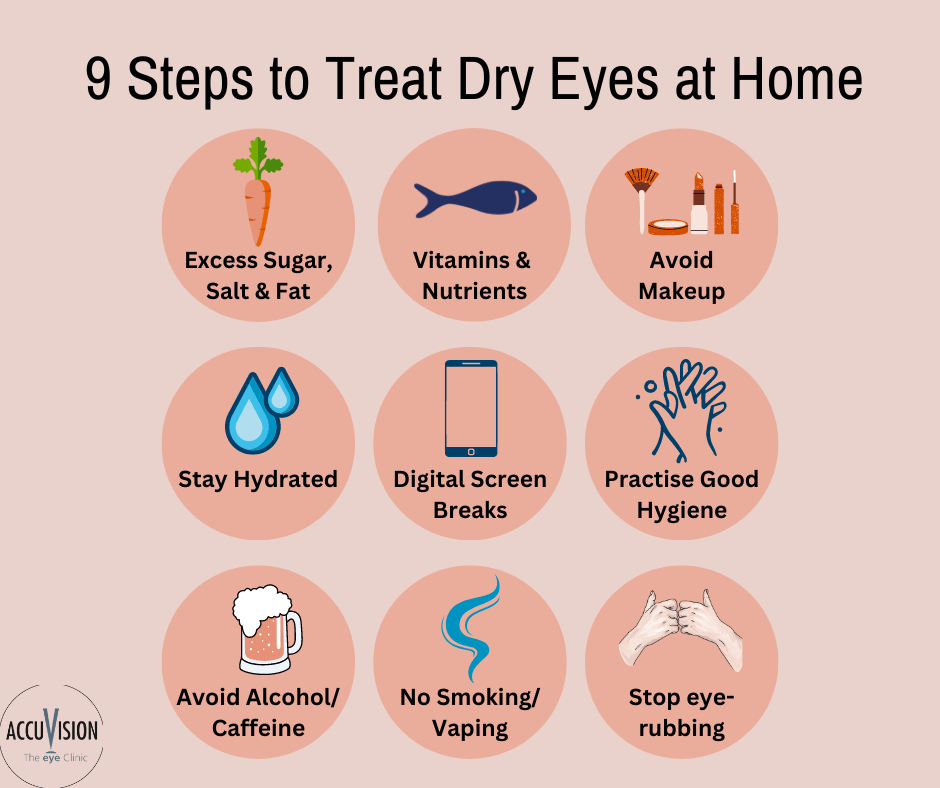
Lifestyle Changes
Here are several simple lifestyle changes that can help improve the health of your meibomian glands, enhance the quality of oils they produce, and avoid contaminants that can worsen dry eye symptoms:
- Stay hydrated by drinking plenty of water.
- Always wash your hands thoroughly before touching your eyes.
- Use a humidifier in your home to increase the moisture in the air.
- Avoid rubbing or pulling on your eyelids — the friction can damage your meibomian glands and introduce new bacteria into the eye.
- Wear sunglasses that provide UV protection —cellular injury from prolonged exposure to UV radiation can lead to decreased tear production.
- Take regular breaks if you work on a computer or use your phone for long periods of time — the irregular blinking and prolonged eye strain from these activities can worsen your symptoms. Follow the 20/20/20 rule: Every 20 minutes of screen time, spend 20 seconds looking into the distance, at least 20 yards away.
- Avoid smoking or vaping, including exposure to second-hand smoke — you introduce harmful chemicals into your blood that cause oxidative stress and inflammation, damaging the ocular tissues.
- Contact Lens Use: Contact lenses can lead to eye irritation and inflammation, particularly when they are not used or cared for properly. Improper use and care increase the likelihood of developing eye infections, which can damage the tissues and result in dry eye symptoms. Remember: wash your hands, wash your lens, rinse your lens case and use fresh solution.
- Avoid makeup around your eyes and choose gentle products —this includes not only eye makeup: mascara, eyeliner and eyeshadow, but also full-face makeup like foundations and facial powders. Various chemicals in these products can cause inflammation, make tears evaporate faster by destabilising the tear film, and, the astringents in makeup remover can physically irritate the eye and tear glands. Remove makeup carefully, avoid rubbing your eyes with makeup in, and consider incorporating lubricating eye drops into your makeup removal routine.
Diet, Vitamins & Nutrients
While there are many factors that can contribute to dry eye, including environment, certain medications and underlying health conditions, a poor diet plays a significant role. Here are the foods to avoid and the essential vitamins and nutrients you should incorporate to reduce dry eye and improve your overall eye health:
- Reduce your salt intake — it can dehydrate your body and worsen dry eye symptoms.
- Avoid sugary food and drinks — they can cause blood fluctuations that can lead to inflammation.
- Avoid alcohol and caffeine — they dehydrate your body, including your eyes, and make dry eye symptoms worse.
- Avoid fried and processed foods — they are often high in unhealthy fats, such as trans fats and saturated fats, which can lead to inflammation, impact the tear glands and reduce the production of tears.
- Incorporate Omega-3 fatty acids into your diet — they have been shown to reduce inflammation and improve tear quality. You can increase your intake of omega-3 fatty acids by eating foods such as oily fish (e.g. salmon, tuna, and sardines), flaxseeds and walnuts. Alternatively, you can take omega-3 supplements in the form of fish oil capsules.
Warm Compresses
This can be a simple and effective way to relieve dry eye symptoms. Here are 6 simple steps for doing warm compresses safely at home:
- Wash your hands thoroughly with soap and water before touching your eyes.
- Soak a clean washcloth or eye mask in warm water. The water should be comfortably warm, but not too hot.
- Gently wring out the excess water from the washcloth or eye mask.
- Close your eyes and place the warm compress over your eyelids. Make sure the compress is in contact with your skin, but don’t press or rub too hard.
- Keep the warm compress in place for 5 to 10 minutes, or until the compress cools down.
- After you’re finished, gently wipe away any debris or discharge from your eyelids and lashes with a clean, damp cloth.
Exacerbating Conditions
Even though the strategies mentioned will help with dry eye, some pathological conditions can trigger dry eye symptoms or cause damage to the tissues and cause dry eye. So, if you are suffering from any of these conditions, managing them may be what you need to treat your specific dry eye.
- Sjogren’s Syndrome: This autoimmune disease causes inflammation in the glands that produce tears and saliva, leading to decreased tear production and dryness in the eyes. It can also cause damage to the meibomian glands, affecting the protective, oily layer of the tear film.
- Allergies: Allergic reactions cause inflammation in the eyes, leading to redness, itching, and swelling. This inflammation can also affect tear production and lead to dryness.
- Rheumatoid Arthritis: An autoimmune disease that causes the immune system to attack the body’s own tissues, leading to inflammation and damage in various parts of the body, including the glands in the eye. A combination of medication, lifestyle modifications and supportive therapies are necessary to manage rheumatoid arthritis.
- Diabetes: This chronic condition can contribute to dry eye through a combination of nerve damage, decreased blood flow, and increased risk of infections. Proper management of blood sugar levels and regular eye exams can help prevent and manage dry eye symptoms in people with diabetes.
- Medications: Some medications, such as antihistamines and antidepressants, can cause decreased tear production and dryness as a side effect. It is important to discuss any medications you are taking with your doctor to determine if they may be contributing to your dry eye symptoms.
You can still help alleviate your dry eye symptoms caused by any of these conditions by following the lifestyle changes and home treatments outlined in the section above.
Dry Eye Treatments at AccuVision
If your dry eye has progressed further, or your symptoms are severely hindering your daily activities, we offer a range of treatments depending on the severity of your condition:
Lubricants/Artificial tears
A variety of artificial tears are available depending on the severity of your condition.
Prescription Only Eye Drops
Following a comprehensive consultation to identify the cause of your specific dry eye, we can provide stronger prescription eye drops, if necessary, to alleviate your symptoms.
Ointments/Gels
Thicker gels and ointments can be more effective than normal artificial tears for more severe dry eye symptoms as they provide longer-lasting relief by forming a protective layer on the eye.
Punctal Plugs
These small devices are inserted into the puncta of your eyelids to help to prevent tears from draining away too quickly, keeping the eyes lubricated for longer periods of time.
Blephasteam
The Blephasteam device consists of a pair of goggles fitted with a heating element and moist pad. This moist heat aims to soften the meibum, helping to unclog the meibomian glands, improve the quality of the oils produced, and stabilise the tear film.
 Blephex (In-House Lash Cleaning)
Blephex (In-House Lash Cleaning)
We use the Blephex device to perform a deep clean of your eyelids to remove debris and bacteria that can contribute to ocular inflammation and irritation. The image on the right demonstrates how the accumulation of grime around the lashes on the lid can be a challenging task to remove by yourself, as depicted in the top part. However, the bottom part shows how the Blephex cleaning can effectively eliminate this build-up, especially if it has been ignored for an extended period of time.
Sleep Goggles
Often used in combination with other treatments, sleep goggles work by creating a barrier between your eyes and surrounding environment, reducing the evaporation of tears and maintaining moisture around the eyes.
 Moisture Chamber Spectacles
Moisture Chamber Spectacles
These can be particularly helpful for individuals who experience dry eye symptoms in dry or windy environments, or who spend extended periods of time in front of a computer screen or in artificially heated or air-conditioned spaces.
Advanced Clinical Treatments at AccuVision
LipiFlow Thermal Pulsation System
During the LipiFlow procedure, a small device is placed over the eyes and controlled heat is applied to the inner eyelids. The heat helps to soften the hardened oils that are blocking the meibomian glands. The device then applies gentle pressure to the eyelids, helping to express the softened oils and remove any blockages. This is a minimally invasive procedure that has provided long-lasting relief for our patients with meibomian gland dysfunction.
Intense Pulsed Light (IPL) Therapy
This procedure applies pulses of light to the skin around your eyes, helping meibomian gland function and reducing inflammation. This light energy is also absorbed by your cells, helping to stimulate the growth of new blood vessels and increasing blood flow. This, in turn, leads to improved function of the meibomian glands and better tear quality. This is a safe and effective option for individuals who have not found relief from other treatments, such as artificial tears or warm compresses.
PRGF/ Endoret Eye Drops
These drops contain a high concentration of growth factors, derived from the patient’s own blood plasma. They can help to promote the healing and regeneration of tissues, including a damaged ocular surface caused by dry eye. They are generally well-tolerated and have a low risk of side effects, as they are derived from the patient’s own blood.
Eyelid Surgery
In cases where dry eye is caused by an abnormality of the eyelid, such as poor closure or abnormal position, blepharoplasty, or eyelid surgery, may be a viable option. This procedure entails the removal of excess skin, muscle, or fat from the eyelids to enhance eyelid function, better shield the eye, and facilitate tear film distribution. Lid surgery is typically considered only after other treatments have been attempted and found to be ineffective.
While lifestyle adjustments and over-the-counter remedies may suffice for mild cases, severe dry eye may require a thorough diagnostic examination to identify the most suitable treatment plan for your specific requirements.
As a specialist eyecare clinic that has helped many patients with dry eye, we can assist you in achieving clear and comfortable vision if your condition is causing you discomfort and interfering with your daily life.
A wide range of treatments are available to alleviate Dry Eye symptoms, with the treatment protocol often tailored to the severity of signs and symptoms. Not all treatments work for all people. You may need to try more than one before finding a treatment that works for you, which is why it is best to consult a professional to discuss treatment options.
Schedule your consultation today and let us help you find the right solution for your dry eye concerns.
Why should dry eye be treated?
In addition to negatively impacting your daily activities and overall quality of life, leaving dry eye untreated can lead to several more severe complications, such as:
- Corneal damage: Severe dry eye can lead to damage to the cornea, which is the clear outer layer of your eye. This can result in scarring, infections, or even vision loss.
- Eye infections: Dry eyes are more susceptible to infections, particularly bacterial infections, which can be painful and cause further damage to the eye.
- Decreased quality of life: Dry eye can cause discomfort, irritation, and even pain, which can affect your quality of life. The symptoms of dry eye can make it difficult to perform daily activities such as reading, driving, or using a computer.
- Vision problems: Chronic dry eye can cause vision problems such as blurred vision, double vision, and sensitivity to light, which can affect your ability to see clearly.
- Conjunctivitis: Dry eye can cause inflammation of the conjunctiva, which is the thin membrane that covers the white part of your eye. This can cause redness, swelling, and discharge from the eyes.
As dry eye symptoms progress, they can result in ocular surface inflammation, infection, and decreased visual performance, which can have a significant impact on your overall quality of life. To avoid these complications, it’s essential to amend your lifestyle now. Remember, timely intervention and management can help alleviate your symptoms and prevent further ocular damage.
If your symptoms are significantly impacting your ability to carry out your daily activities, or if you are finding it challenging to develop good visual habits, we encourage you to schedule an appointment with us. Our team of experts can help assess your condition and provide you with the appropriate treatment to alleviate your symptoms and improve your overall eye health. Don’t hesitate to reach out to us if you need any assistance.
You can contact us at 0330 123 2020 to learn more or schedule your consultation.
Key Takeaway
We cannot stress enough the critical importance of taking care of your eyes. Neglecting your eye health can have serious consequences and impact your quality of life. Just like any other part of your body, your eyes require proper attention and care to function optimally.
Think about all the things you enjoy in life – from reading to watching movies, to driving and seeing the world around you – all of these are dependent on your eyesight. Neglecting your eye health can lead to a range of issues, including vision loss, eye strain, headaches, and other complications that could significantly impact your daily life.
So, we urge you to prioritize your eye health and make it a part of your daily routine starting today. It doesn’t take much — regular eye exams, eating a balanced diet, wearing protective eyewear, and giving your eyes a break from digital devices are simple steps that can go a long way in maintaining good eye health.
Remember, your eyes are a precious gift that deserve the best care possible. Don’t neglect them — take action now to protect your eyes and preserve your vision for years to come.
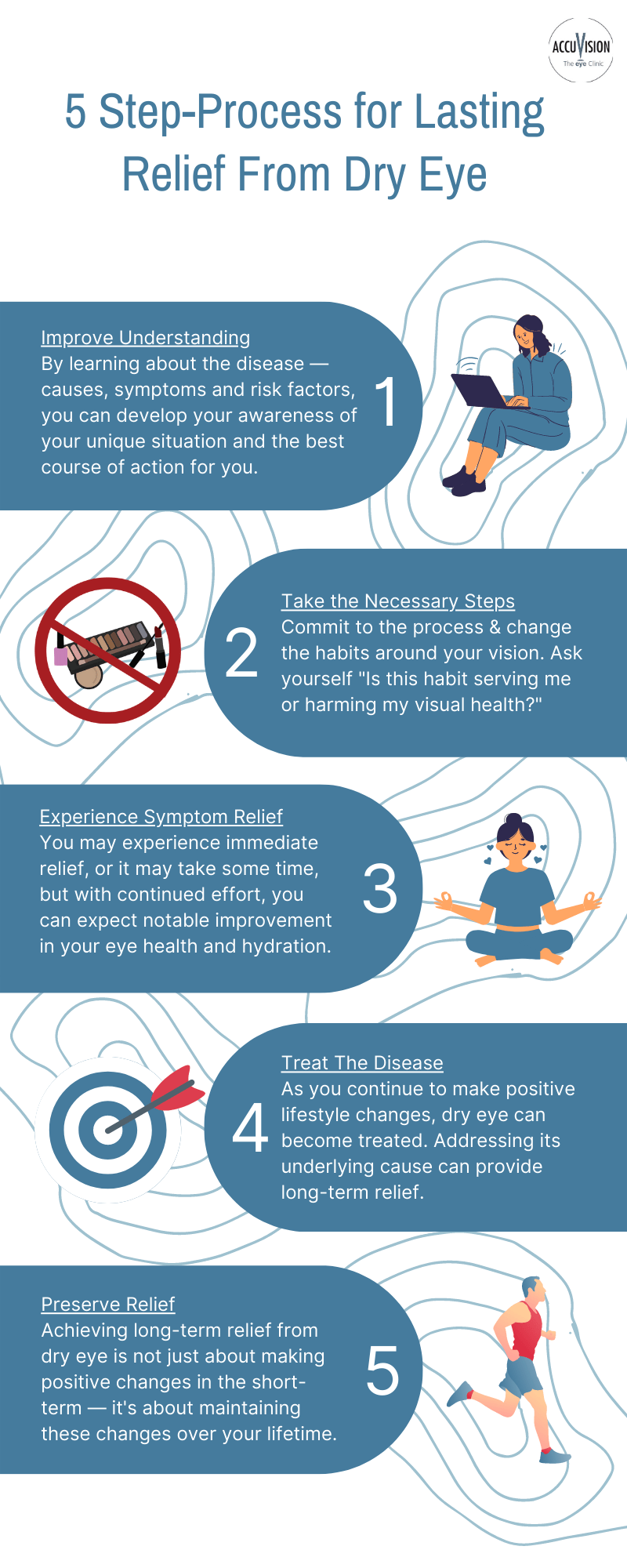
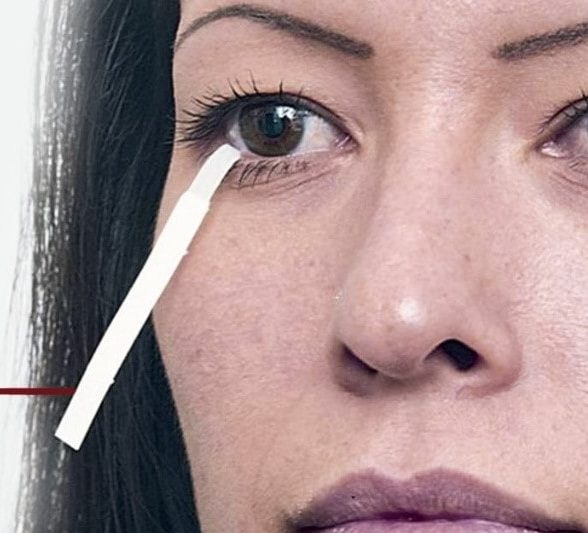 Tear production — shown in the image on the right, the Schirmer test involves placing a small paper strip under the lower eyelid to measure the amount of tears produced.
Tear production — shown in the image on the right, the Schirmer test involves placing a small paper strip under the lower eyelid to measure the amount of tears produced.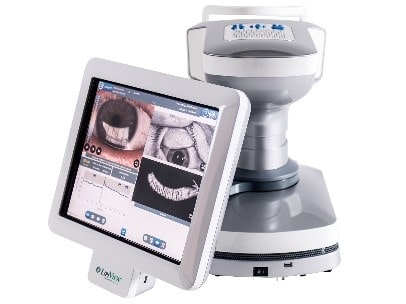 LipiView® — The device you can see on the right-hand side uses a high-resolution camera and infrared light to get accurate images of your tear film and meibomian glands. The images are then analysed by a software that calculates various metrics to produce a precise analysis.
LipiView® — The device you can see on the right-hand side uses a high-resolution camera and infrared light to get accurate images of your tear film and meibomian glands. The images are then analysed by a software that calculates various metrics to produce a precise analysis.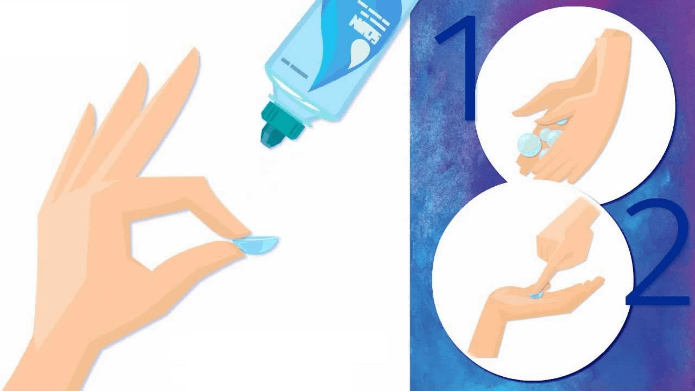
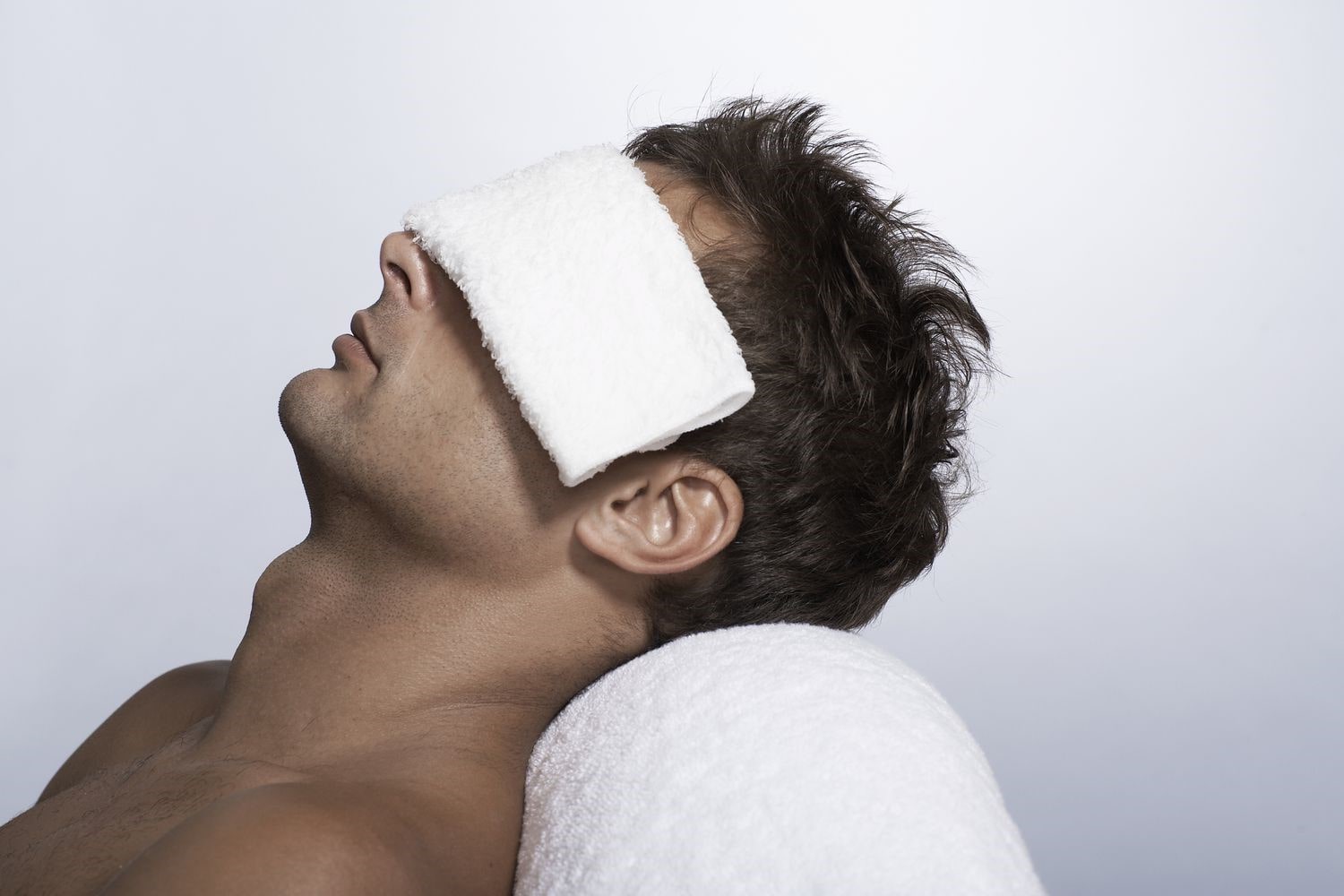
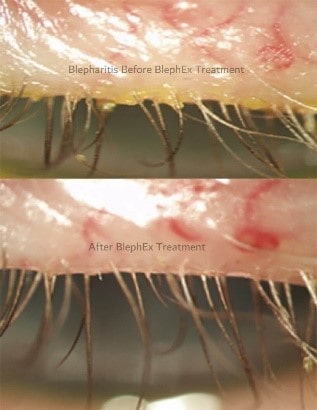 Blephex (In-House Lash Cleaning)
Blephex (In-House Lash Cleaning)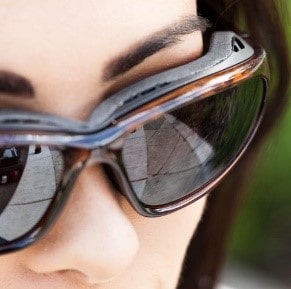 Moisture
Moisture 